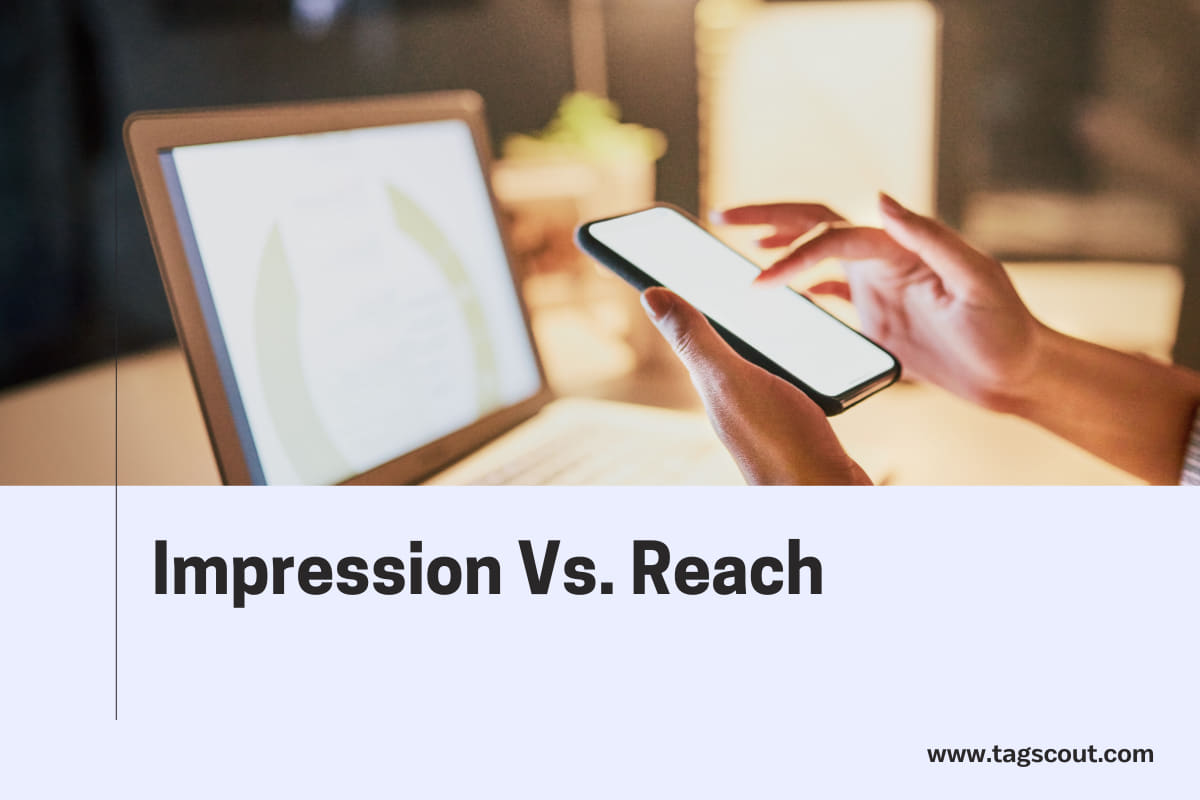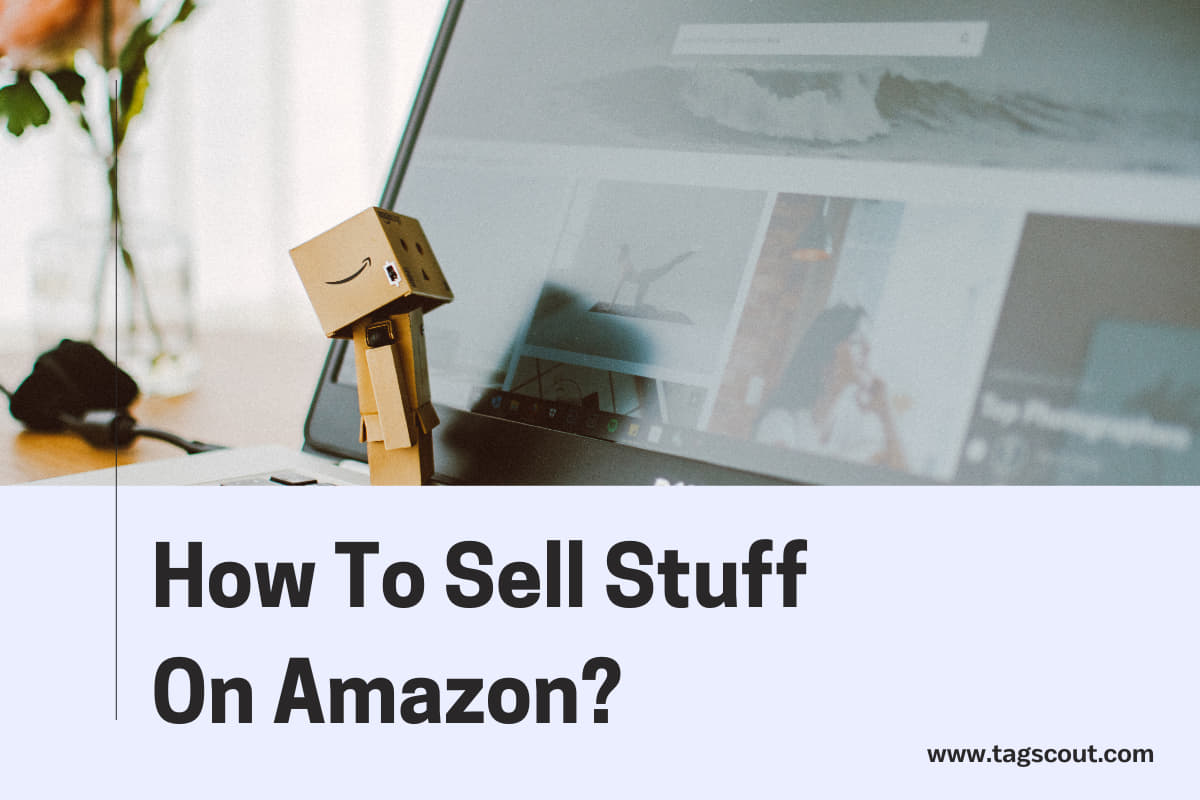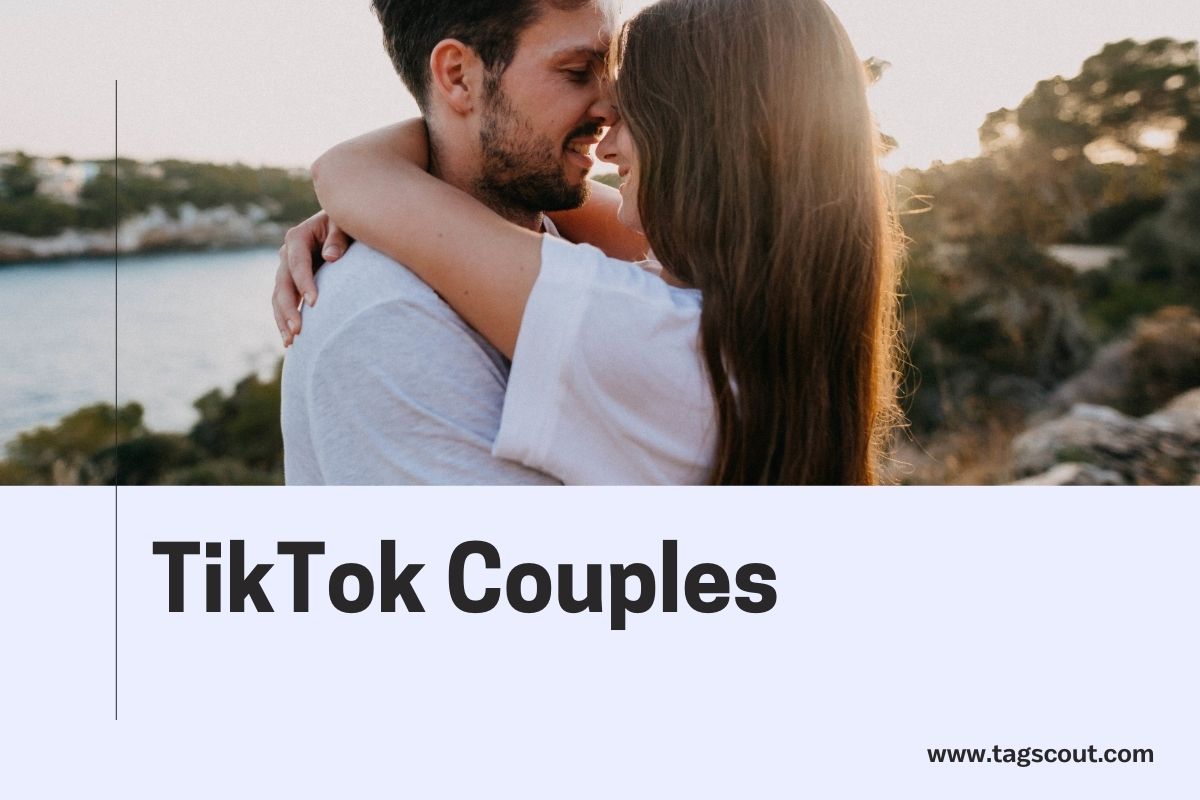Are you trying to boost your social media presence but need help on the difference between impression vs. reach? You’re not alone! Many business owners and influencers need help understanding how these metrics impact their success.
Knowing the difference between these two factors is important because it helps you connect better with your audience. If you understand these metrics, you can create content that either brings in more people (reach) or keeps your current followers more engaged (impressions).
In this guide, we’ll break down everything you need to know about the differences between reach vs. impressions on various social media platforms.
What’s the Difference Between Impression vs. Reach?
An impression refers to the number of times a piece of content, such as a social media post, is displayed on a user’s screen. It does not necessarily mean that the user interacted with the content; it simply indicates that it appeared before them. So if an ad appears on a website five times to the same user, it counts as five impressions.
Reach measures the total number of unique users who have seen a piece of content or an advertisement. Unlike impressions, reach does not count multiple views from the same user.
Let’s check a quick example of impression vs. reach to understand it better. If a person sees the same post multiple times, the reach remains one, while impressions increase.
Impression vs. Reach Differences Per Social Media Platforms
Different social media platforms emphasize certain metrics more than others. Some may provide basic information on reach and impressions, while others offer a more detailed breakdown.
To understand the difference between reach vs. impressions, it’s important to explore how each major platform defines and calculates these metrics.
#1 Impression and Reach on Facebook
- Reach on Facebook refers to the number of people who have seen your ads at least once. It’s important to note that this is an estimated metric, meaning Facebook uses sample data to make an educated guess. Because of this, the actual number can change as more data becomes available.
- The impression is different from Reach.. While reach counts the unique people who see your ad, impressions count the total number of times your ad is shown, even if the same person sees it multiple times.
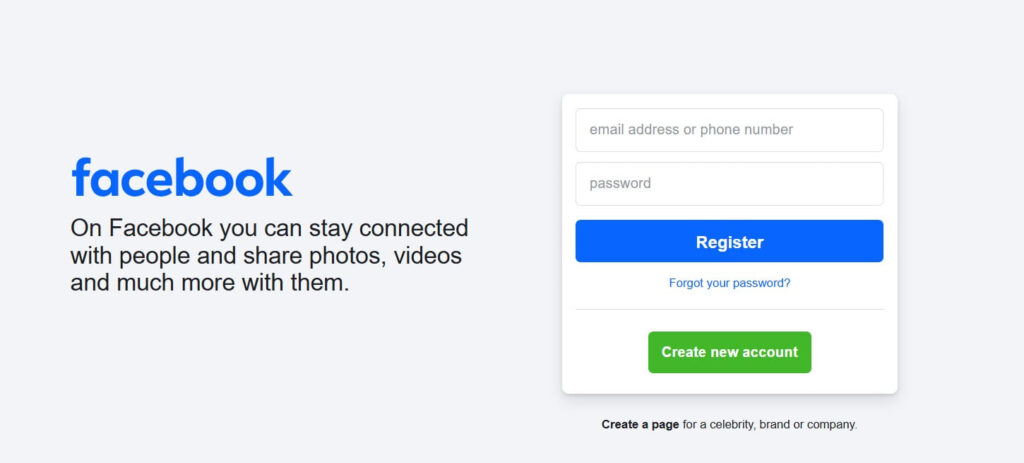
However, reach and impressions don’t tell you how users interacted with your ad. To help you understand your ad performance better, Facebook divides reach and impressions into three categories:
1. Organic Reach and Impressions
This shows how many unique users saw your content or how many times your content was displayed without paid promotion. This is the result of your content naturally appearing in users’ feeds.
2. Paid Reach and Impressions
These are the results of your paid advertising efforts. For example, when you pay for Facebook Ads, the platform tracks how many people saw your ad and how many times it was displayed.
3. Viral Reach and Impressions
These occur when your content spreads beyond your immediate audience. When someone interacts with your post (like, comment, or share), their friends might see this activity, leading to additional reach and impressions.
Facebook further classifies reach and impressions into two types:
- Served Impression Vs. Reach: This counts whenever an ad is delivered, regardless of whether the user actually saw it. The ad could be placed anywhere on the page, even where it’s unlikely to be noticed, yet it would still be counted.
- Viewed Reach vs. Impressions: These are only counted when a user actually sees the ad. If the user leaves the page before the ad loads, it doesn’t count as an impression. This makes viewed impressions a more accurate measure of your ad’s effectiveness.
#2 Impression vs Reach on Instagram
Similar to Facebook, Instagram also tracks impressions by counting the number of times your content is seen, including multiple views from the same account. Let’s take a closer look at the differences between these two metrics:
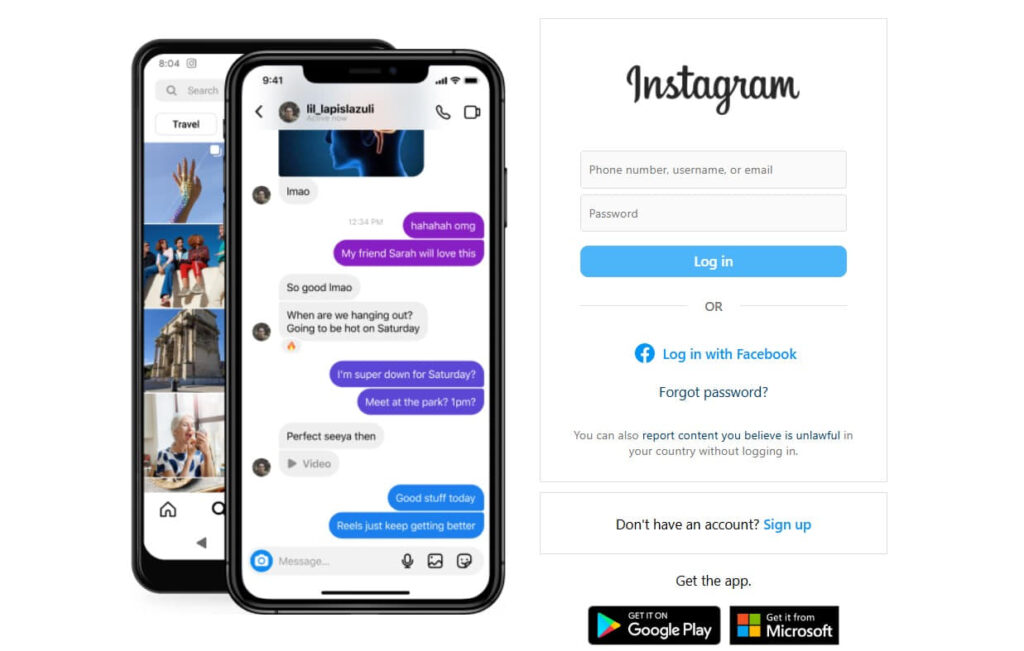
- On Instagram, “reach” is the number of unique people who have seen your content, like posts or Stories, at least once.
- For Instagram Reels, reach means the number of people who have had the video show up on their screen, even if they didn’t watch it.
- “Impressions” are the total number of times your content has been viewed, including repeated views by the same person. So, if someone watches your Reel multiple times, each time they view it counts as a separate impression.
#3 Impression vs Reach on YouTube
On YouTube, there’s no single way to measure how far your content reaches.
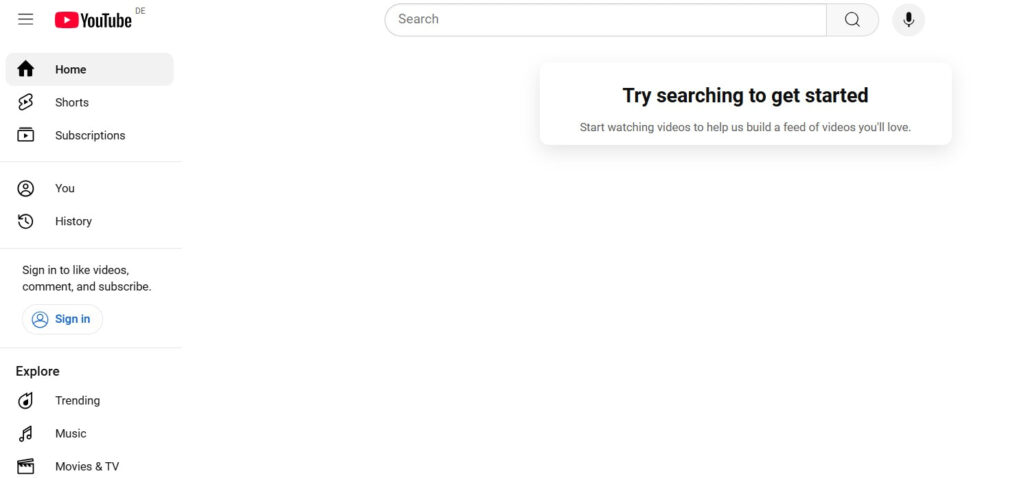
- In YouTube Studio, the “Reach” tab provides insights into your traffic sources. You can see where your views come from, including videos suggested by YouTube, external websites, playlists, and more.
- But to compare Impression Vs. Reach on YouTube, we need to understand impressions as well. YouTube impressions count how many times your video’s thumbnail shows up on someone’s screen for at least 1 second. You can also check the impression click-through rate to see how often people clicked to watch your video after seeing your video thumbnail. Amazing, right?
#4 Impression vs Reach on TikTok
- On TikTok, “reach” refers to how many different accounts have watched a video. This means that each unique account that views the video counts towards the reach.
- “Impressions,” on the other hand, count every time the video is viewed, even if the same account watches it multiple times.
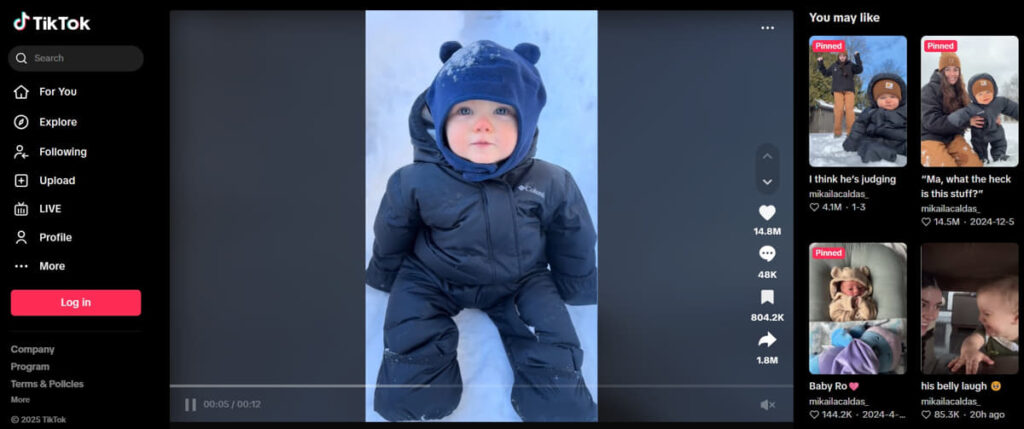
So, impressions are the total number of views the video has received. It’s important to note that TikTok estimates the reach number, so it may not be completely accurate.
#5 Impression vs Reach on LinkedIn
LinkedIn doesn’t have a specific measure called “reach,” so we can’t compare Impression Vs. Reach on this platform. However, you can check how many people viewed your profile in the last month.
When it comes to impressions on LinkedIn, they refer to how many times your post, video, article, or update shows up in someone’s feed.
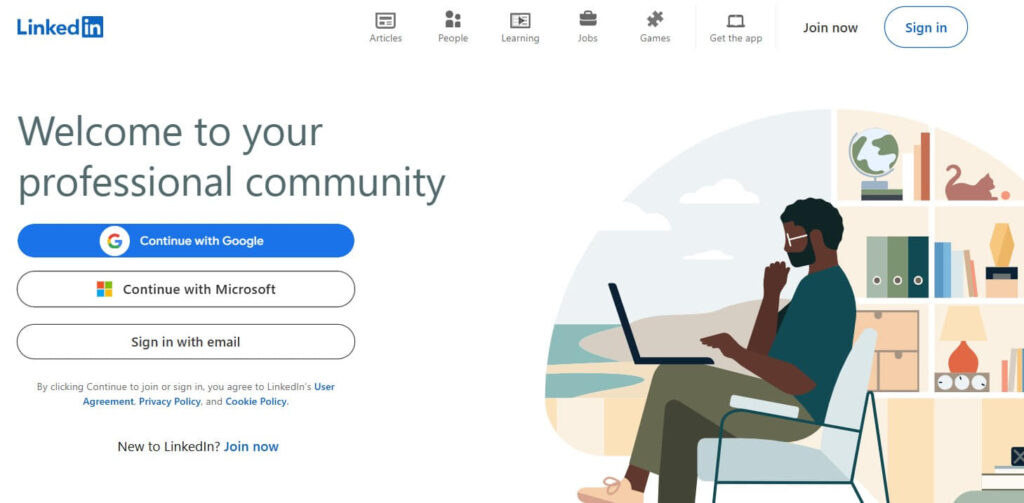
Even if users don’t interact with your content, it still counts as an impression. However, LinkedIn’s algorithm tends to show content more often if it gets a lot of likes, comments, reposts, and shares, which can lead to even more impressions.
#6 Impression vs Reach on X (Twitter)
The X app doesn’t measure how many people your post reaches, but it does keep track of impressions, which are counted every time someone views your post on X. The impression count you see in the app shows how often your posts appear in someone’s feed or search results.
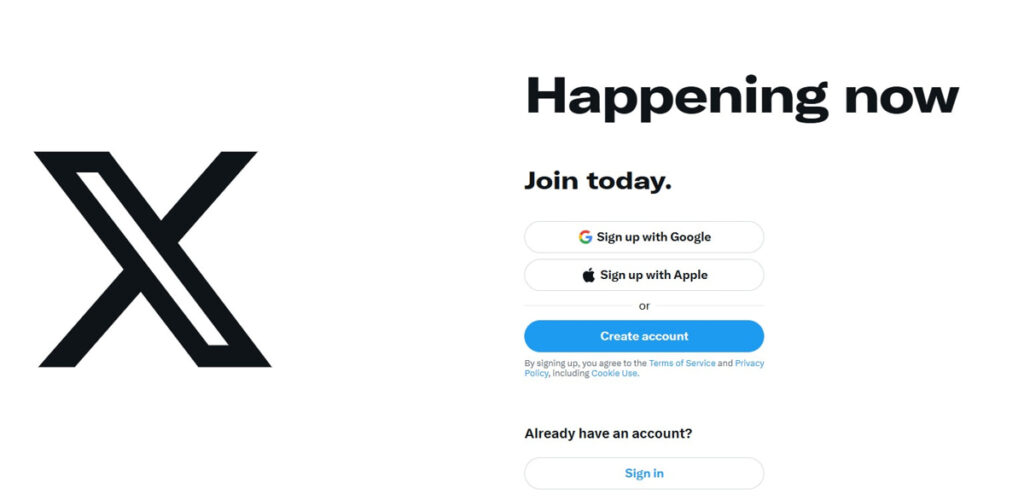
Why Are Reach And Impressions Important?
Marketers often use these metrics to measure how well their paid campaigns are doing. Reach helps you understand how many unique people are seeing your content. If more people see your content, it means your reach is higher.
If you notice that you have a high reach but not many conversions (people taking the desired action), it might mean that your campaign isn’t as effective as it could be. In this case, you should focus on targeting groups that are more likely to convert.
Impressions can quickly show if your content is working. If your ad isn’t getting many impressions, it might be a sign that you need to change the content so you don’t waste time and money.
Note: It’s important to focus on increasing your reach rather than just impressions. This helps you avoid showing your ad to the same people repeatedly.
How to Optimize My Marketing Strategy to Maximize Both Reach and Impressions?
Now that you know everything about Impression vs reach on different platforms, let’s check out some tips to help you improve your strategy and boost engagement.
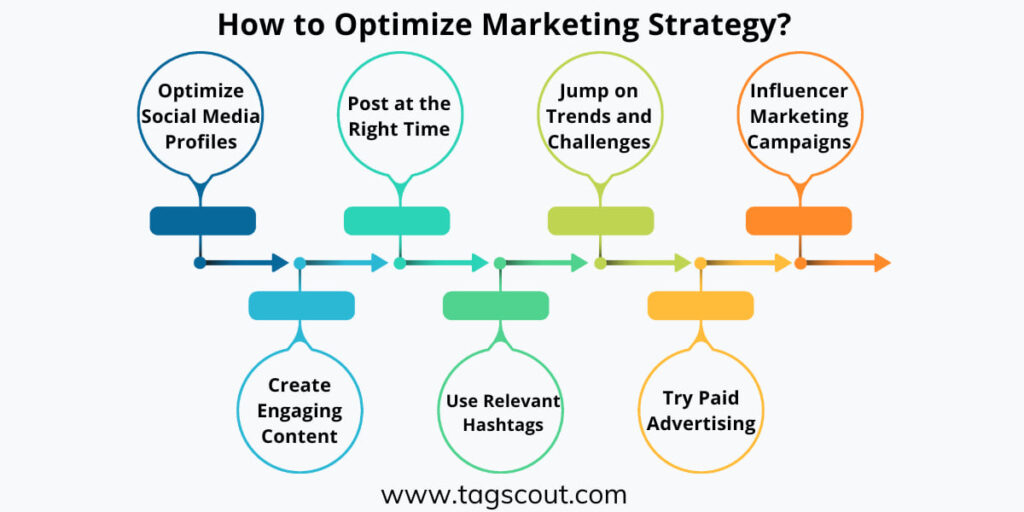
1. Optimize Your Social Media Profiles
To increase brand credibility and discoverability, it’s important to have a well-optimized profile that shows what your page and content are about. This makes it easier for potential followers to understand and connect with your brand.
Make sure to use a high-quality profile picture, write an optimized bio, and include a trackable link to your website, landing page, or latest campaign.
2. Create Engaging Content
Creating engaging content keeps your audience interested, encourages shares, and increases interaction and engagement. Make sure to share different types of posts, stories, and short videos.
3. Post Consistently and at the Right Time
Posting at the right time and maintaining consistency boosts visibility and engagement and ensures your content reaches the right audience when they are active. You can check out your social media analytics and try A/B testing to find the best times.
4. Use Relevant Hashtags
Today, hashtags are not only used to categorize content; they also serve as keywords for search engines. They can help your posts show up in search results and on the feeds of interested users. Make sure to check top niche hashtags and use them in your posts.
5. Jump on Trends and Challenges
Engaging in viral challenges, memes, and trending audio can increase your chances of being featured on explore pages. By joining these trends, your content will appear to more users and you can boost both reach and impressions.
6. Try Paid Advertising
Platforms like Facebook, Instagram, and TikTok offer targeted ad campaigns to increase reach. If you are looking for a fast solution to boost your engagement, reach, and impression, you can use ads so your content reaches the most relevant users.
7. Run Influencer Marketing Campaigns
We are all familiar with the power of influencer marketing and collaborating with influencers. By collaborating with the right creators, you can tap into their audience and boost your reach.
If you have difficulties finding the right influencers in your niche who have organic followers and imcrease your content reach, Ainfluencer can help you. This D-I-Y influencer market place provides a database of over 1M Instagram and TikTok influencers across different categories.
With the help of an AI-powered search tool and over 20 advanced filters, it only takes a few seconds to find the right creators. Next, you can view their profiles on Ainfluencer to check out their latest account insights, past collaborations, and engagement metrics.
After finding influencers, invite them to your campaign with a click, chat with them directly inside the app, and track the campaign results. The best part is that it’s completely free to use all these features and you only need to pay the collaboration fee to influencers. So if you are looking for safe and effective collaborations, make sure to check Ainfluencer now.
Which One Is More Important: Impression vs. Reach?
Deciding between impression and reach depends on your marketing goals. If you want to expand your audience, you should focus on reach, which measures how many unique people see your content.
On the other hand, if your goal is to connect more deeply with your current audience, impressions are key. Impressions track how often your content is viewed, even by the same person multiple times.
It’s important to look at both reach and impressions together, as they give you a fuller picture of how your campaigns are performing. If either number is low, it may indicate that your content isn’t performing well with your audience. In that case, making changes to your text, images, or calls to action can help boost these metrics and attract more potential customers.
To Wrap Things Up
By now, you understand the difference between Impression vs. reach on various platforms, you can use these metrics to see how well your brand is increasing awareness on social media. You’ve learned, that if you notice low numbers for reach and impressions, it could be a sign to analyze your content.
As you gain more insights about your target audience, you’ll be able to refine your marketing strategy by creating content that drives engagement and guides users through the sales process.
FAQs
Served Impressions: This refers to how many times your content is loaded on a web page or app. However, just because the content is loaded doesn’t mean it was seen by the user. For instance, your content might appear somewhere on a page, but if the user doesn’t scroll down to where it is, they won’t see it.
Viewable Impressions: This refers to the number of times your content was at least 50% visible on the user’s screen. It’s important to note that even if an ad is considered “viewable,” it doesn’t guarantee the user noticed or engaged with it.
Viral reach is the number of people who see your content because others share it. It’s a part of organic reach, but it’s special because it shows how your content spreads through other people’s networks. For instance, if one of your followers shares your video and 50 people who don’t follow you see it, those 50 people are included in your viral reach.
Reach shows how many different people saw your content. Impressions show how many times your content was seen, even if it was by the same person more than once. Different platforms might use these terms a bit differently.
Generally, impressions are almost always higher than reach, or at the very least, equal to reach. Meanwhile, it can also show people are seeing your content more than once. This is a good sign because it shows your content is grabbing their attention.
Clicks count how many times people clicked on your post or link, which shows interaction. Reach counts how many people saw your content on their screen, regardless of whether they interacted with it.

